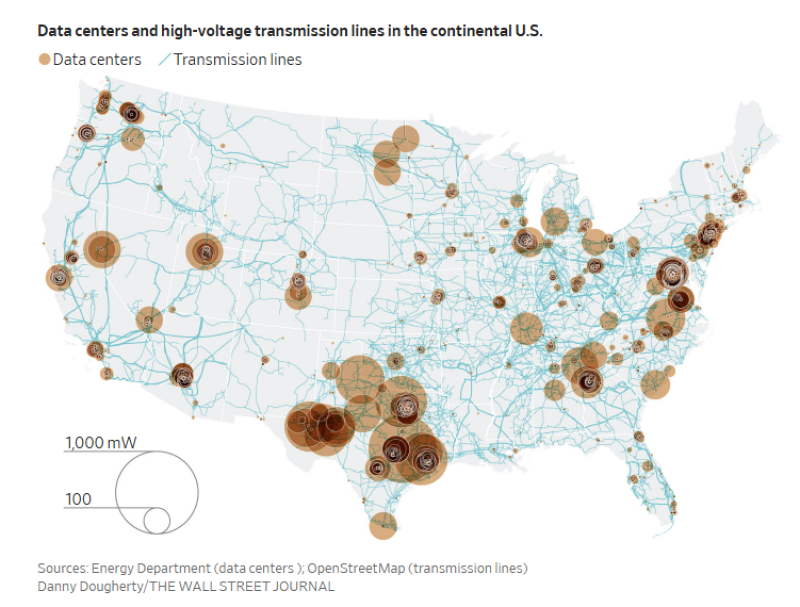● According to Mario Nawfal, America's AI explosion is pushing the country's energy infrastructure into overdrive. Tech heavyweights like OpenAI, Xai, and Meta aren't waiting around for utilities to catch up—they're jumping straight into power generation themselves, backing everything from natural gas turbines in West Texas to fuel cells in Memphis and solar farms in San Jose. This corporate-led energy rush shows just how urgent it's become to adapt the grid to AI's massive electricity appetite.

● This isn't just about building more capacity—it's about avoiding disaster. Every new hyperscale data center guzzles as much electricity as 1,000 Walmart stores, raising real fears about regional blackouts, price spikes, and grid breakdowns. Without serious investment, smaller utilities could go bankrupt, and engineers might ditch the utility sector entirely for tech companies building their own power systems.
● By 2028, data centers are expected to eat up 12% of U.S. electricity—up from barely 2% in 2020. To prevent budget chaos and keep other essential infrastructure funded, industry leaders are pushing for massive capital injections through profit-driven partnerships, aiming to add 80 gigawatts annually by 2027—double the historical pace. Companies like Equinix and Caterpillar are already ramping up production to capitalize on this shift.
● Expanding the grid and scaling up renewable and hybrid systems will create tens of thousands of jobs, pumping up income and corporate tax revenues. But without clear regulations, the costs could land unfairly, forcing lawmakers to rethink corporate tax policies to fund grid upgrades sustainably.
● What's clear is that AI isn't just disrupting tech—it's driving America's biggest energy shake-up in decades, one that will reshape electricity markets, industrial policy, and investment strategies for years to come.
 Saad Ullah
Saad Ullah

 Saad Ullah
Saad Ullah

